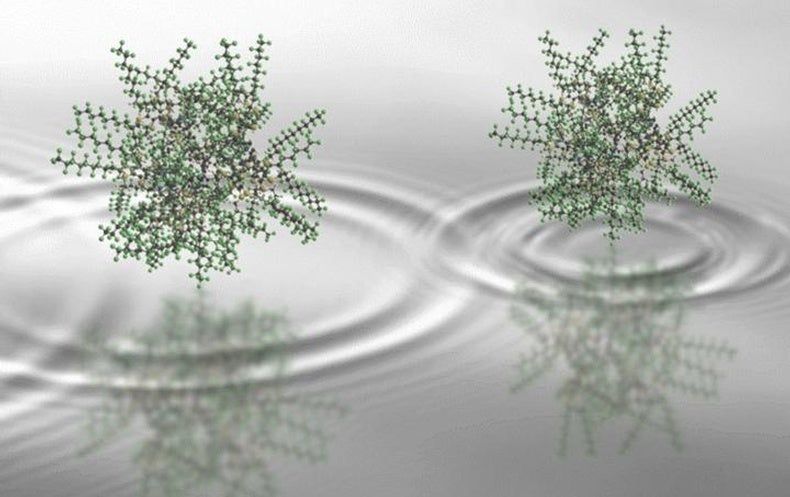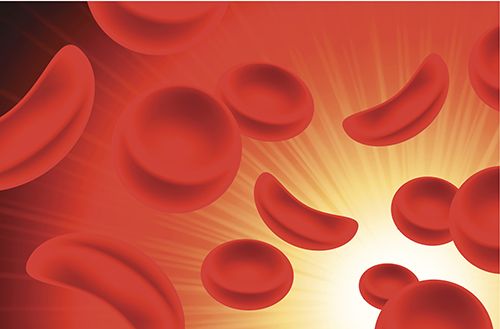Page 7376
Oct 8, 2019
An Interview with Dr. Amutha Boominathan
Posted by Steve Hill in categories: biotech/medical, genetics, life extension
We recently had the opportunity to interview Dr. Amutha Boominathan from the SENS Research Foundation, at the Ending Age-Related Diseases 2019 conference about her research on mitochondrial repair therapies, the value of animal models, and her views on the future of aging research.
Dr. Amutha Boominathan received both her MSc and her PhD in Biochemistry from the University of Pune and the National Chemical Laboratory in India, respectively. She went on to do postdoctoral work in the U.S. relating to mitochondrial biogenesis at U. Penn and Rutgers University. She has extensively studied mechanisms of fusion and fission in mitochondria, Fe-S cluster biosynthesis, and protein import into mitochondria as part of her postdoctoral fellowship with the American Heart Association.
Currently, Amutha leads the MitoSENS program at SENS Research Foundation in Mountain view, California. Her research group is focusing on understanding mitochondrial DNA (mtDNA) mutations and restoring lost functionality as a result of these mutations by way of the allotopic expression of mitochondrial genes. Inherited mtDNA mutations can result in severe and debilitating diseases, such as NARP, Leigh’s syndrome and MELAS. Even in otherwise healthy individuals, mtDNA mutations accumulate with age. The MitoSENS team has already succeeded in stably expressing the ATP8 gene using their method and is looking forward to tackling each of the 13 mitochondrial protein genes in the coming years. Its goal is to develop safe and effective gene therapies for mitochondrial dysfunction.
Oct 8, 2019
🔥 Absolutely beautiful video created using still images taken by the Cassini spacecraft during its flyby of Jupiter and while at Saturn
Posted by Alberto Lao in category: space

Shown is Io and Europa over Jupiter’s Great Red Spot and then Titan as it passes over Saturn and it’s edge-on rings. NASA/JPL-Caltech/SSI/CICLOPS/Kevin M. Gill.
https://www.flickr.com/photos/kevinmgill/44583965185/?fbclid…quZjFTDy_s

https://www.youtube.com/watch?v=rRewUL82S4A&feature=share
WANT TO SEE MORE?
LIKE & SUBSCRIBE & JOIN OUR DEBT NATION FACEBOOK: https://bit.ly/30yEGGo
WANT TO SEE MORE?
LIKE & SUBSCRIBE & JOIN OUR DEBT NATION YOUTUBE:
HERE: https://bit.ly/2kp4vbB
Oct 8, 2019
Brent Nally interviews Transhumanist Party US Presidential Candidate Ben Zion on October 3, 2019
Posted by Tanvir Ahmed in categories: bitcoin, geopolitics, transhumanism

My mission is to drastically improve your life by helping you break bad habits, build and keep new healthy habits to make you the best version of yourself. I read the books and do all the research and share my findings with you!
This video is me (Brent Nally) interviewing Transhumanist Party US Presidential Candidate Ben Zion on October 3, 2019 at RAADFest at the Westgate Hotel & Casino.
Oct 8, 2019
“Success Is A Choice” — DJ Clayvis — Motivational Rap Song — Napoleon Hill
Posted by Tanvir Ahmed in category: life extension

Live forever smile
“Success Is A Choice” — Motivational Song — DJ Clayvis.
For more information about scheduling Clay Clark to speak to your organization visit: www.makeyourlifeepic.com or call for more information today at 918−851−6920.
Continue reading “‘Success Is A Choice’ — DJ Clayvis — Motivational Rap Song — Napoleon Hill” »
Oct 8, 2019
Alphaville — Forever Young ~Official Video
Posted by Tanvir Ahmed in category: life extension

Live forever my dear friend with me and keep me alive with you! Don’t be die and leave me alone 😢😭.
Forever Young by Alphaville!
Official video~
Best quality~.
Oct 8, 2019
U.S. Transhumanist Party 2019 Primary Election Results and Johannon Ben Zion Acceptance Speech
Posted by Tanvir Ahmed in categories: geopolitics, transhumanism

https://www.youtube.com/watch?v=BqNZPUfau0U&feature=share
At RAAD Fest in Las Vegas on October 6, 2019, Gennady Stolyarov II, Chairman of the U.S. Transhumanist Party / Transhuman Party (USTP), announces the results of the 2019 USTP Electronic Primary for President of the United States, and introduces the winner of the Electronic Primary and the USTP-endorsed candidate for President of the United States in 2020, Johannon Ben Zion.
See the detailed results here: https://transhumanist-party.org/2019/10/02/ustp-2019-electronic-primary-results/
Oct 8, 2019
Are Black Holes Made of Dark Energy? Error Made When Applying Einstein’s Equations to Model Growth of the Universe?
Posted by Paul Battista in categories: cosmology, information science, physics
Two University of Hawaiʻi at Mānoa researchers have identified and corrected a subtle error that was made when applying Einstein’s equations to model the growth of the universe.
Physicists usually assume that a cosmologically large system, such as the universe, is insensitive to details of the small systems contained within it. Kevin Croker, a postdoctoral research fellow in the Department of Physics and Astronomy, and Joel Weiner, a faculty member in the Department of Mathematics, have shown that this assumption can fail for the compact objects that remain after the collapse and explosion of very large stars.
“For 80 years, we’ve generally operated under the assumption that the universe, in broad strokes, was not affected by the particular details of any small region,” said Croker. “It is now clear that general relativity can observably connect collapsed stars—regions the size of Honolulu—to the behavior of the universe as a whole, over a thousand billion billion times larger.”












